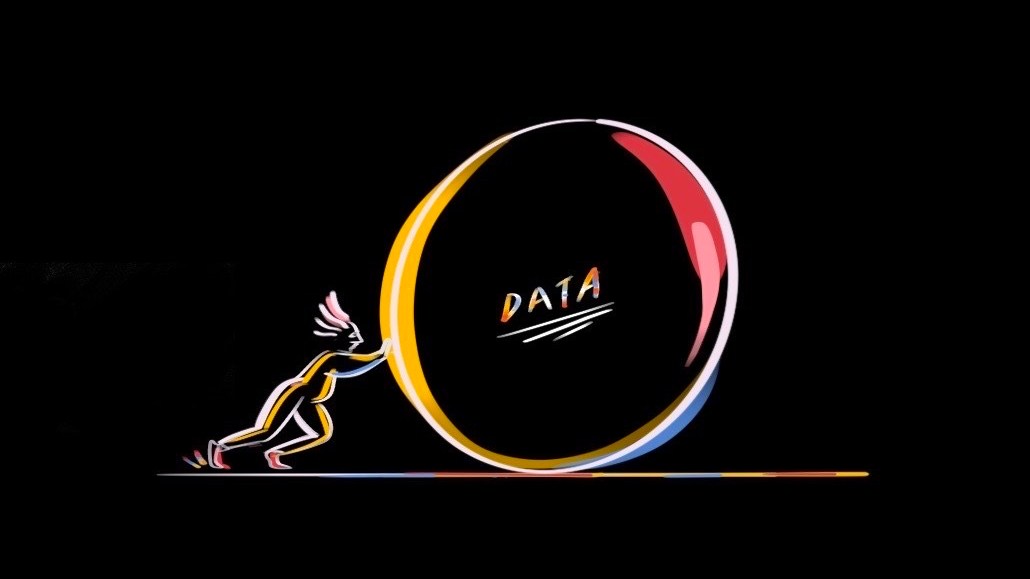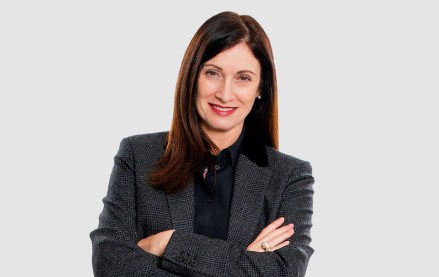How this SaaS optimization system attracted an investor and added AI that’s invisible to end users

An independent media buying and planning solution, Blueprint, has found a new infusion of investment that enabled it to incorporate generative AI into its work.
Once a development project within an agency called Model B, Washington, D.C.-based Blueprint attracted the interest of startup accelerator LogicBoost Labs, which invested $300,000 in order to expand its AI application to the SaaS media optimization software. It’s designed to help agencies streamline their planning, strategy and data, but also works for clients looking to in-house some of their media work.
Abtin Buergari, Blueprint’s co-founder and CEO (who also launched Model B), said that in November 2022, the decision was made to separate the software from the agency, partially because there was interest from other agencies in using Blueprint’s tech. As Buergari and partner Ashtan Moore looked for investors, they secured a deal with LogicBoost — and are still looking for other partners.
Blueprint continues to line up new clients, mostly agencies and brands that don’t have the tools to build advanced planning and optimization tech on their own.
“It makes a very streamlined, simple, effective communication pathway between the brand and the agency, and it allows the agency to focus on what they really were built on, which is creativity and strategy,” said Buergari. “There’s a lot of noise that they’ve had to deal with for years. And we’re effectively helping eliminate that.”
Co-founder Moore added that budget-minded agencies and clients are ideal customers for what Blueprint serves up, including some government agencies that are using it. “The majority of the conversations we have are with those challenger brands with other agencies,” said Moore. “I think this could be a side effect of being in D.C.”
An executive with a health-related client of Blueprint, who declined to speak on the record, said the SaaS software has made a difference for the better. The exec said he’d been struggling to keep on top of data and informational feeds from five different agencies, and Blueprint allowed him to consolidate into one dashboard — while also reducing the number of agencies to three.
“We now will create various ad variations from one piece of content, and we can look directly at the [Blueprint] dashboard … to view every single campaign, every single platform, how many impressions there are, what the CPMs and CPAs are,” said the exec, who added that the AI part of the software is invisible on the client end. “That has been the biggest game changer for us and it’s way different than anything else that’s out there, at least that I know of.”
“Brands want control, visibility, transparency — they want to get beyond the black box, both in the platforms, and with their agencies,” added Buergari. “This is a big movement.”
Forrester’s vp and principal agency analyst Jay Pattisall recently wrote about AI’s impact in a blog post titled “Generative AI Revolutionizes Marketing Creativity.”
“The efficiency and velocity of content development are paramount to the CMO’s agenda and to agencies’ future prospects,” wrote Pattisall. AI “forces us to rethink the nonlinear creative process to meet brands’ exponential needs for volumes of efficient, fit-for-format content and advertising. It forces us to unlearn and relearn creativity. It presents challenges such as inaccuracy, bias, ethical, and legal liability for both brands and agencies.”
More in Media Buying

Who is Cindy Rose, WPP’s insider-outsider pick for its next CEO?
The British holding company has named its next CEO — a Microsoft executive and board member of six years.

WTF is request duplication?
Request duplication is becoming increasingly popular in programmatic media trading, but it raises questions over ethics.

When should an agency go the ESOP route, and what are the risks?
Boiled down to their essence, ESOPs are when an owner or founder sells their stake in an agency to the employees who all receive stock, most often held in a trust.








